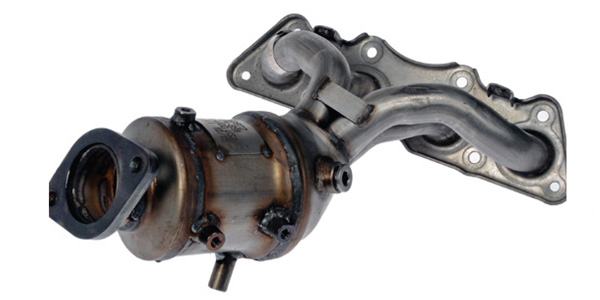In the October issue of AMN/Counterman, we talked about the Automotive Sales Council’s “Check the Part” campaign – an initiative that aims to reduce the sky-high return rate in the automotive aftermarket.
Members of the Automotive Sales Council include representatives from KYB, Dorman Products, FDP Brakes, Motorcar Parts of America, MotoRad and Standard Motor Products. The group developed the “Check the Part” campaign to hit home with counter professionals, who are on the front lines of processing parts returns and weeding out warranty abuse.
Endorsed by AASA and the Auto Care Association, the campaign’s messaging is simple:
√ Open the box.
√ Inspect the part.
√ Verify the return.
Recently, Dorman published a return guide for a catalytic converter with integrated exhaust manifold – also known as a manifold converter.
If a customer wants to return a manifold converter, Dorman recommends these four steps to determine if it’s a valid warranty claim:
- Verify it’s the right part type. Some customers try to return unrelated products and heavy objects as a scam.
- Verify that the catalyst substrate is intact. If it’s oily, broken or sooty, the vehicle might need additional repair and the converter might not be covered under warranty policy.
- Verify that the part has been used. A heated-up or used manifold can be red from rust or a blueish color on its outer shell. If it isn’t discolored, it may be new and unmounted, and therefore can be sold again.
- If it’s a Dorman part, verify the part number. Dorman converters have welded tags or laser etching with part number, so you can be sure it’s the right part in the box.
You can download a PDF of the return guide below:













